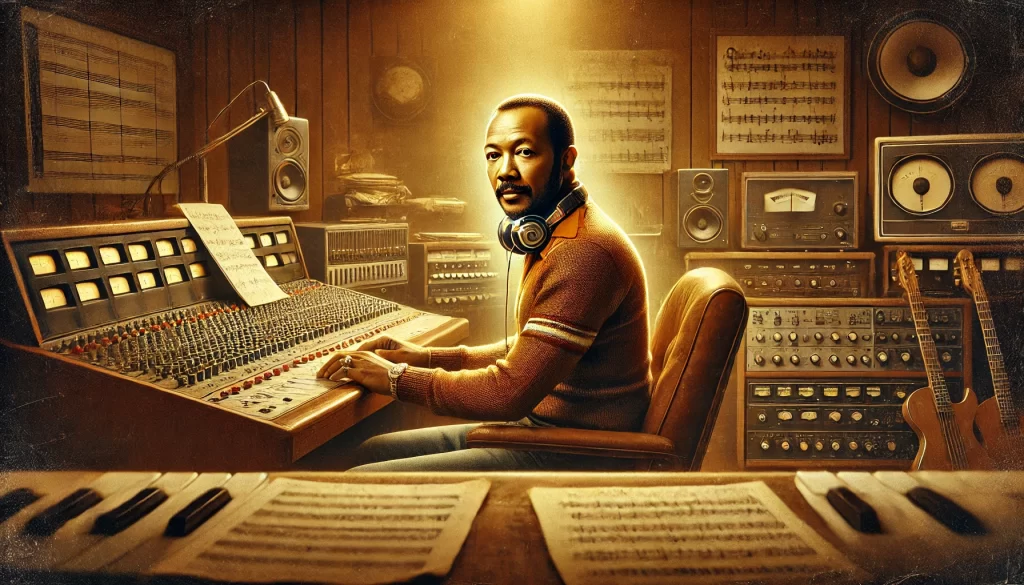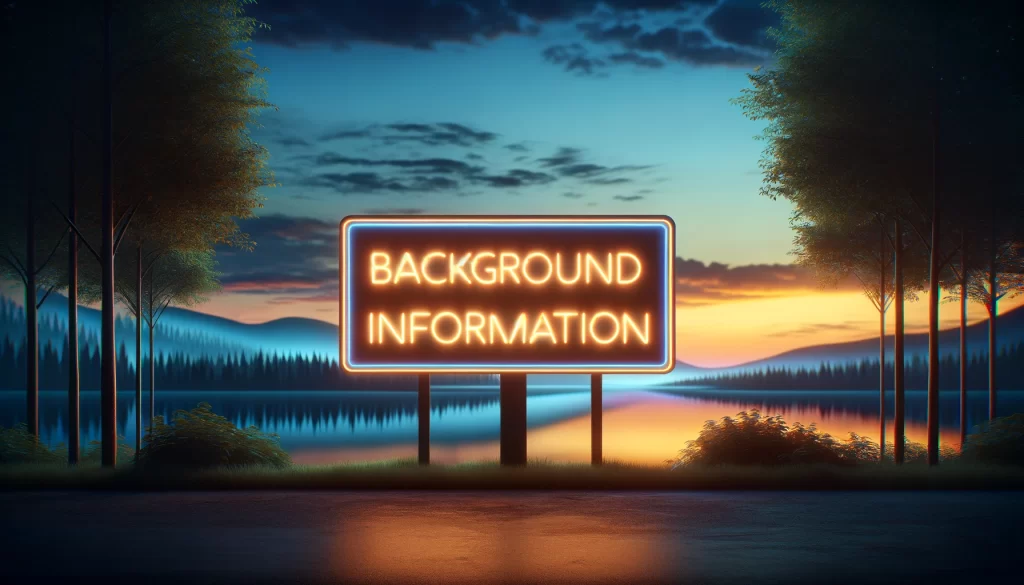Quincy Jones, one of the most influential figures in American music, passed away on Sunday at the age of 91. His publicist, Arnold Robinson, confirmed that Jones died peacefully at his home in Bel Air, Los Angeles, surrounded by family. The cause of death was not disclosed.
A Remarkable Life and Musical Beginning
Born Quincy Delight Jones Jr. on March 14, 1933, in the South Side of Chicago, Jones grew up during the Great Depression in a challenging environment. His mother, Sarah, had musical talent but faced mental health issues and was institutionalized when Quincy was very young. His father, Quincy Sr., worked as a carpenter and moved the family to Bremerton, Washington, where Quincy’s life took a significant turn.
At the age of 11, while searching for food in a local recreation center, Quincy stumbled upon a piano. This moment marked the beginning of his lifelong passion for music. He learned to play several instruments and joined his school band and choir. By age 14, he was performing with his 16-year-old friend Ray Charles, blending jazz, big band, and bebop on Seattle’s club circuit.
A Career That Broke Barriers
Jones’s career skyrocketed when he joined Lionel Hampton’s band at 18, playing the trumpet and arranging music. He toured the world with jazz greats like Dizzy Gillespie, which set the stage for his later success as a music arranger and composer. In 1964, Jones became the first Black vice president at Mercury Records, a major achievement at a time when racial barriers were still prevalent in the music industry.
Jones’s early success included arranging for stars like Count Basie, Dinah Washington, and Ray Charles. He composed soundtracks for notable films such as The Pawnbroker (1964) and In Cold Blood (1967), which showcased his ability to mix classical, jazz, and modern influences. He earned three Academy Award nominations and became the first Black musical director of the Academy Awards show in 1971.
The 1970s: Triumphs and Challenges
Despite his professional success, Jones faced severe health challenges. In 1974, he suffered two nearly fatal brain aneurysms, leading to surgeries and the implantation of a metal plate in his head. Although he could no longer play the trumpet, Jones did not let this stop him. He continued composing, producing, and innovating, creating music for TV shows like The Bill Cosby Show, Sanford and Son, and the acclaimed miniseries Roots, which earned him an Emmy.
During this period, Jones also worked with notable artists, including Frank Sinatra. He arranged and conducted the collaboration between Sinatra and Count Basie for the album Sinatra at the Sands (1966), which became one of Sinatra’s most celebrated records.

The 1980s: Major Breakthroughs
Jones’s career soared even higher in the 1980s through his collaboration with Michael Jackson. He produced Jackson’s landmark albums Off the Wall (1979), Thriller (1982), and Bad (1987). Thriller became the best-selling album of all time, cementing Jones’s status as a music legend. He also spearheaded the 1985 charity single “We Are the World,” which featured more than 40 prominent artists, including Stevie Wonder and Diana Ross, and raised millions for famine relief in Africa. The project won three Grammy Awards and was one of the biggest collaborative efforts in music history.
Jones’s work wasn’t limited to music. He co-produced the 1985 film The Color Purple, introducing Oprah Winfrey to a national audience, and later produced the Broadway version of the film. His influence in television also grew when he produced the hit sitcom The Fresh Prince of Bel-Air, which launched Will Smith’s acting career. Jones founded Qwest Records in 1980 and worked with diverse artists, from George Benson to the experimental jazz saxophonist Sonny Simmons.
Personal Life and Philanthropy
Jones’s personal life included three marriages and seven children. His children include actress Rashida Jones and model Kenya Kinski-Jones. Despite a busy career, he faced difficulties, including struggles with infidelity and health issues. He shared candid reflections on his life in his 2001 autobiography Q: The Autobiography of Quincy Jones.
Philanthropy was a significant part of his later years. He founded the Listen Up! Foundation to support youth education and established the Quincy Jones Professorship of African American Music at Harvard University. His dedication to supporting the arts and music education left a lasting impact on communities worldwide.
Later Years and Continued Influence
Even in his later years, Jones continued to engage in the music world. In 2013, Oprah Winfrey inducted him into the Rock and Roll Hall of Fame. He was featured in the 2018 Netflix documentary Quincy, co-directed by his daughter Rashida. The film showcased his immense contributions to music and his personal philosophy: “Don’t never give up. Keep the humility with the creativity. And grace with the success.”
Quincy Jones’s music has been sampled in hundreds of songs, influencing generations of musicians. His achievements, including 28 Grammy wins from 80 nominations, put him among the most awarded in history, surpassed only by Beyoncé and conductor Georg Solti.
A Lasting Legacy
Jones’s legacy includes more than 400 albums where he served as a producer, composer, arranger, or performer. His work connected various musical styles, bridging genres and breaking racial barriers. Quincy Jones was more than a music producer; he was an innovator who used his talent to inspire change and bring people together.
Jones is survived by his seven children and his brother, Richard, as well as sisters Margie Jay and Theresa Frank. His story will continue to inspire future generations to dream big and use creativity to make a difference.
This article is based on the following articles:
https://www.npr.org/2024/11/04/834546599/quincy-jones-pop-mastermind-thriller-producer-dies
https://www.usatoday.com/story/entertainment/music/2024/11/04/quincy-jones-dies-age-91/331854002
https://www.nytimes.com/2024/11/04/arts/music/quincy-jones-dead.html

Background Information
The Musical Landscape of the 1940s and 1950s
The 1940s and 1950s were significant decades for American music. Jazz, big band, and bebop were popular styles that attracted large audiences. Jazz, in particular, was seen not just as music but as a form of cultural expression that reflected the complexities of life in America. Bebop, a fast-paced and complex style, emerged as a way for musicians to showcase their technical skill and creativity. Quincy Jones began his career in this rich musical environment, where he learned from and collaborated with some of the biggest names in jazz and big band music, including Ray Charles and Lionel Hampton.
Challenges for Black Musicians in the Mid-20th Century
During the mid-20th century, racial segregation and discrimination were prevalent in many parts of the United States, including the music industry. Opportunities for Black musicians were often limited, and they faced significant obstacles in gaining recognition and fair treatment. Quincy Jones’s achievement of becoming the first Black vice president at a major, white-owned record label (Mercury Records) was groundbreaking and helped pave the way for future generations of artists and executives. This achievement highlighted the gradual shifts in society and the music industry toward greater inclusion and representation.
Music Production and Arranging
To understand Quincy Jones’s impact, it’s helpful to know what a music producer and arranger do. A music producer oversees the recording process, shaping the sound and direction of an album or song. This role involves coordinating with musicians, managing studio sessions, and making creative decisions that influence the final product. An arranger, on the other hand, takes a piece of music and adapts it for different instruments or ensembles, often adding unique touches that can transform a song. Quincy Jones excelled in both roles, which allowed him to work across different genres and styles, making him highly versatile and respected.
The Significance of Thriller
When Quincy Jones produced Michael Jackson’s Thriller in 1982, it became a cultural phenomenon. The album’s mix of pop, rock, and funk, combined with groundbreaking music videos like “Thriller,” helped redefine how albums were promoted and perceived. Thriller was more than just an album; it was an event that brought people of different backgrounds together and showcased the power of music as a universal language. It also set a new standard for commercial success, remaining the best-selling album of all time and making Quincy Jones one of the most recognized producers in history.
The Impact of “We Are the World”
In 1985, Quincy Jones led the production of “We Are the World,” a charity single that featured more than 40 top musicians, including Stevie Wonder, Diana Ross, and Bob Dylan. This song was created to raise money for famine relief in Africa and brought together artists from various genres and backgrounds. It was a powerful example of how music could be used for humanitarian efforts and demonstrated Jones’s unique ability to coordinate large-scale projects with immense success.
The Rise of Music Television and Multimedia
The 1980s saw the rise of music television channels like MTV, which played a crucial role in promoting artists and albums through music videos. Quincy Jones understood the importance of visual media in enhancing a song’s appeal and worked on projects that aligned with this trend. His influence extended beyond music production as he ventured into television, co-producing The Fresh Prince of Bel-Air, a show that not only launched Will Smith’s acting career but also became a cultural touchstone for youth in the 1990s.
Legacy and Influence on Future Generations
Quincy Jones’s work laid the foundation for modern music production and helped bridge genres, making collaborations between artists more common. His ability to adapt and innovate influenced countless musicians and producers who came after him. He showed that music could be both commercially successful and artistically significant, an example that continues to inspire artists today.
Please subscribe to Insight Fortnight, our biweekly newsletter!